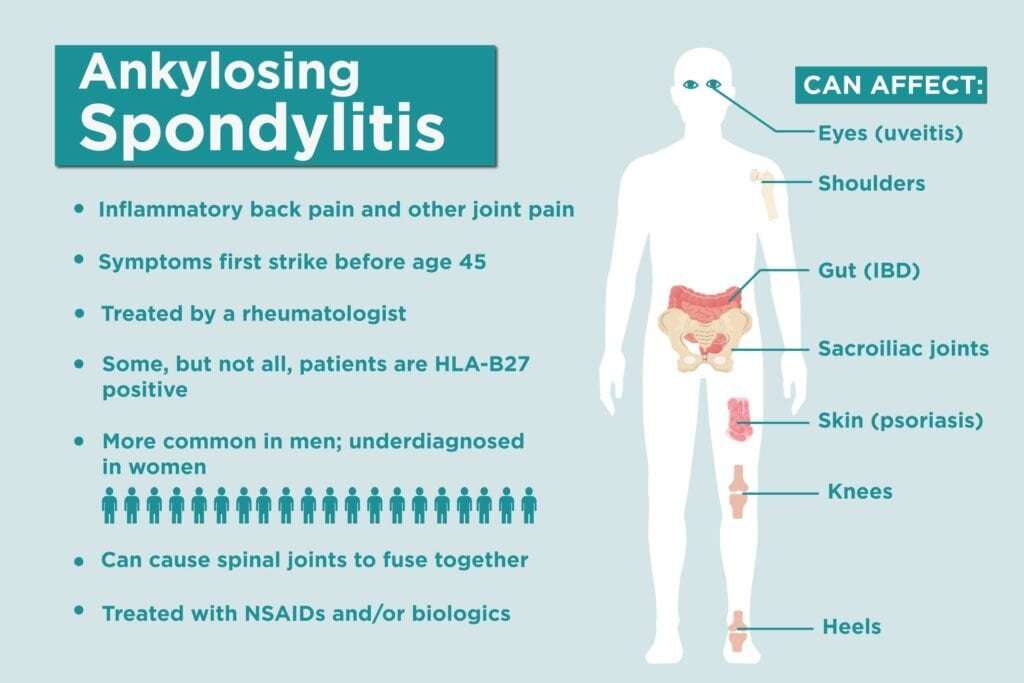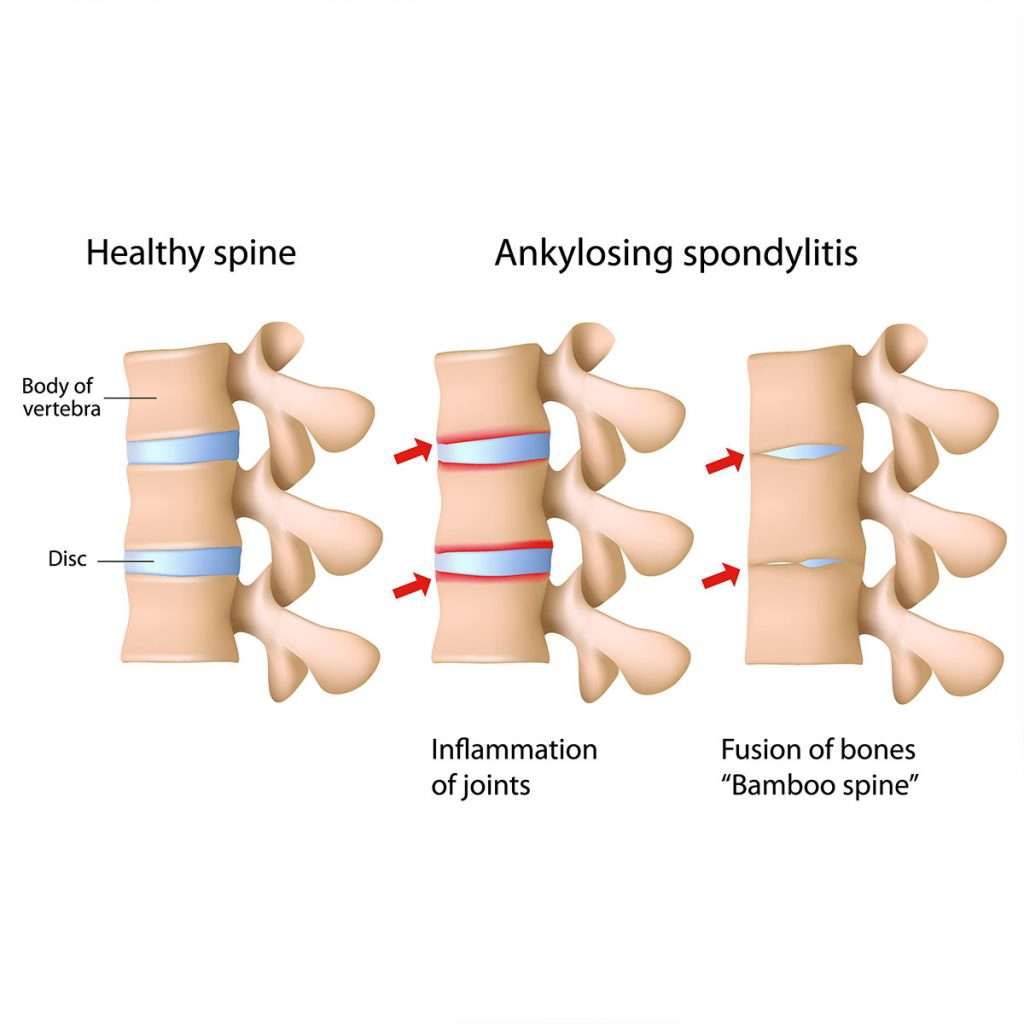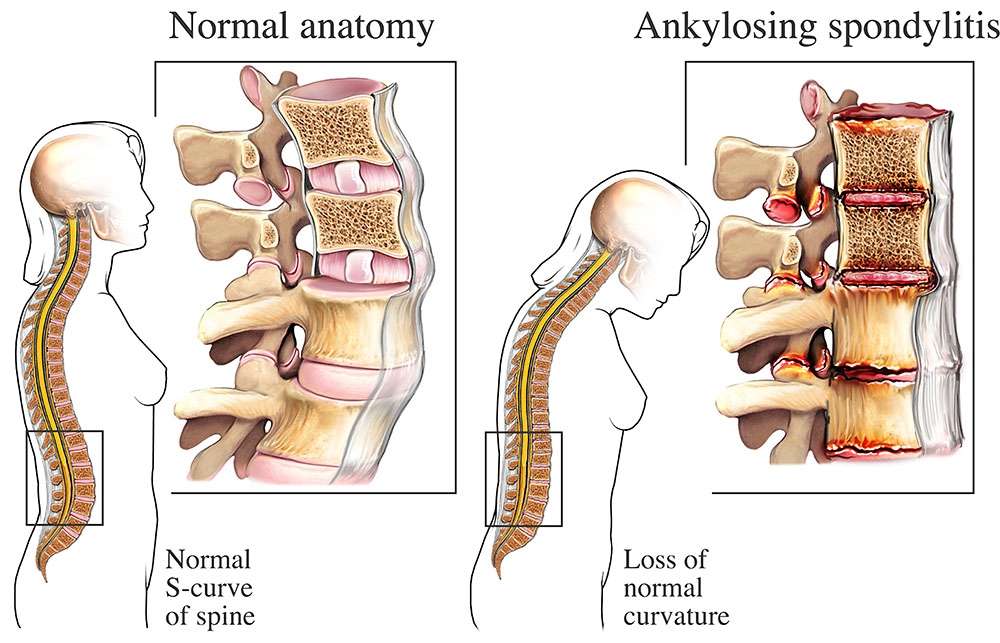Title: Understanding Spondylitis: Signs, Symptoms, Causes, Risk Factors, Diagnosis, Prevention, Diet, Lifestyle, and Homoeopathic Treatment
Introduction:
Spondylitis is a group of inflammatory conditions that affect the spine and can cause pain, stiffness, and reduced mobility. It is essential to understand the signs, symptoms, causes, risk factors, diagnosis methods, prevention strategies, diet and lifestyle considerations, and the potential role of homoeopathic treatment in managing spondylitis. In this blog post, we will explore the key aspects of spondylitis and its holistic approach to treatment.
Signs and Symptoms of Spondylitis:
1. Persistent pain and stiffness: Gradual onset of pain and stiffness in the spine, often worse in the morning or after periods of inactivity.
2. Limited mobility: Difficulty bending, twisting, or performing daily activities involving the spine.
3. Fatigue: Feeling tired or exhausted, which can be associated with inflammation and pain.
4. Swelling and tenderness: Inflammation of the joints and surrounding tissues, leading to swelling and tenderness.
5. Reduced flexibility: Decreased range of motion in the affected joints.
Common Causes of Spondylitis:
1. Ankylosing spondylitis: A chronic autoimmune disease characterized by inflammation of the spine and sacroiliac joints.
2. Reactive arthritis: Inflammatory arthritis that occurs in response to an infection, usually in the gastrointestinal or genitourinary tract.
3. Psoriatic arthritis: A form of arthritis that affects individuals with psoriasis, causing inflammation in the joints and skin.
4. Enteropathic arthritis: Arthritis associated with inflammatory bowel diseases such as Crohn's disease or ulcerative colitis.
Risk Factors for Spondylitis:
1. Genetics: Certain genes, such as HLA-B27, are associated with a higher risk of developing spondylitis.
2. Family history: Having a family member with spondylitis increases the likelihood of developing the condition.
3. Gender: Men are more commonly affected by spondylitis than women.
4. Age: Spondylitis often develops in early adulthood, typically between the ages of 20 and 40.
Diagnosis of Spondylitis:
1. Medical history and physical examination: Discussing symptoms and medical history with a healthcare professional and evaluating range of motion and tender points.
2. Imaging tests: X-rays, magnetic resonance imaging (MRI), or computed tomography (CT) scans to visualize the spine and assess joint damage.
3. Blood tests: Checking for markers of inflammation and specific genetic markers, such as HLA-B27.
Prevention, Diet, and Lifestyle Considerations:
1. Maintain good posture: Practice proper ergonomics and avoid prolonged sitting or standing in one position.
2. Exercise regularly: Engage in exercises that promote flexibility, strength, and mobility of the spine, such as yoga or swimming.
3. Take breaks and vary activities: Avoid repetitive motions and take frequent breaks to prevent strain on the spine.
4. Maintain a healthy weight: Excess weight can put additional stress on the spine, so aim for a balanced diet and regular exercise to manage weight.
5. Quit smoking: Smoking can worsen spondylitis symptoms and increase the risk of complications.
Diet:
1. Anti-inflammatory diet: Emphasize whole foods, fruits, vegetables, healthy fats (such as omega-3 fatty acids), and lean proteins.
2. Avoid trigger foods: Some individuals may find that certain foods, such as processed foods, sugary snacks, or alcohol, worsen their symptoms. Listen to your body and identify any personal triggers.
Homoeopathic Treatment for Spondylitis:
Homoeopathic treatment for spondylitis aims to reduce inflammation, manage pain, and improve joint mobility. Some commonly used homoeopathic remedies for spondylitis include:
1. Rhus toxicodendron: Indicated for stiffness, pain, and difficulty moving after rest or in cold, damp weather.
2. Bryonia alba: Useful for sharp, stitching pains that worsen with motion and are relieved by rest.
3. Kalmia latifolia: Recommended for shooting, radiating pain that moves from the neck to the shoulders or down the back.
It is important to consult a qualified homoeopathic practitioner for an accurate diagnosis and individualized treatment plan based on your specific symptoms and overall health.
Conclusion:
Spondylitis can significantly impact the quality of life due to pain, stiffness, and reduced mobility. By understanding the signs, symptoms, causes, risk factors, prevention strategies, diet and lifestyle considerations, and considering homoeopathic treatment as a complementary approach, individuals can effectively manage spondylitis and improve their overall well-being. Always consult healthcare professionals for an accurate diagnosis and to create a comprehensive treatment plan tailored to your specific needs.




Leave a Message